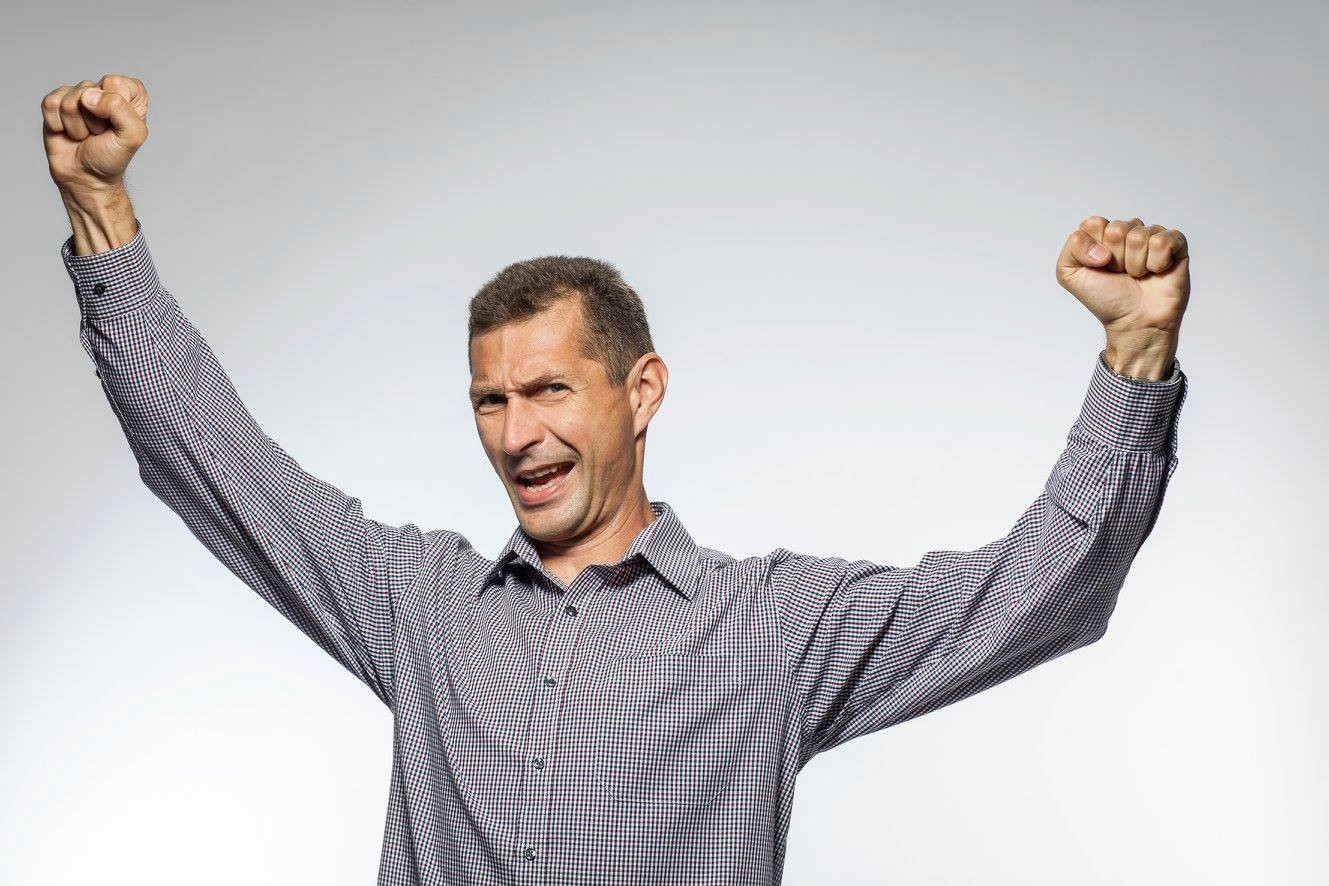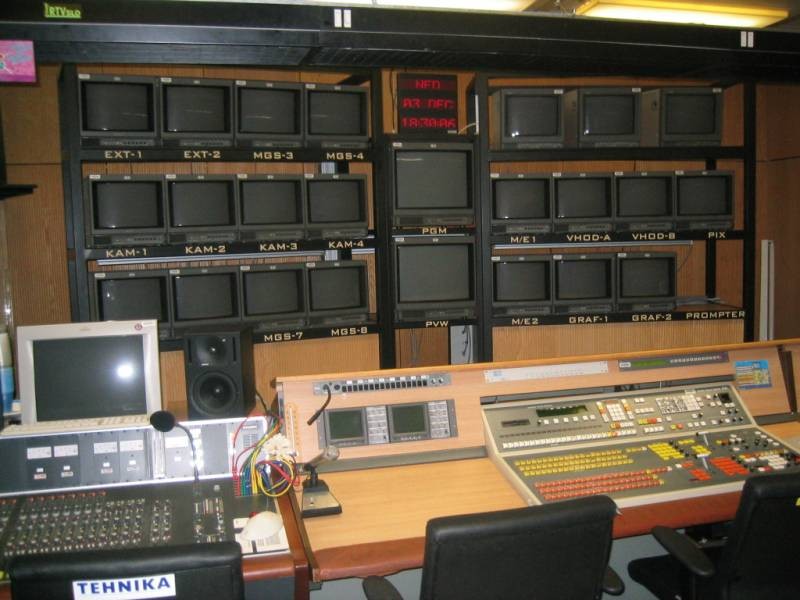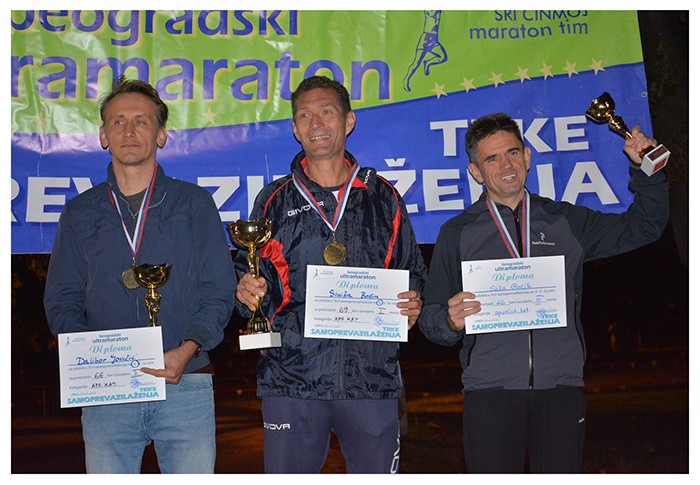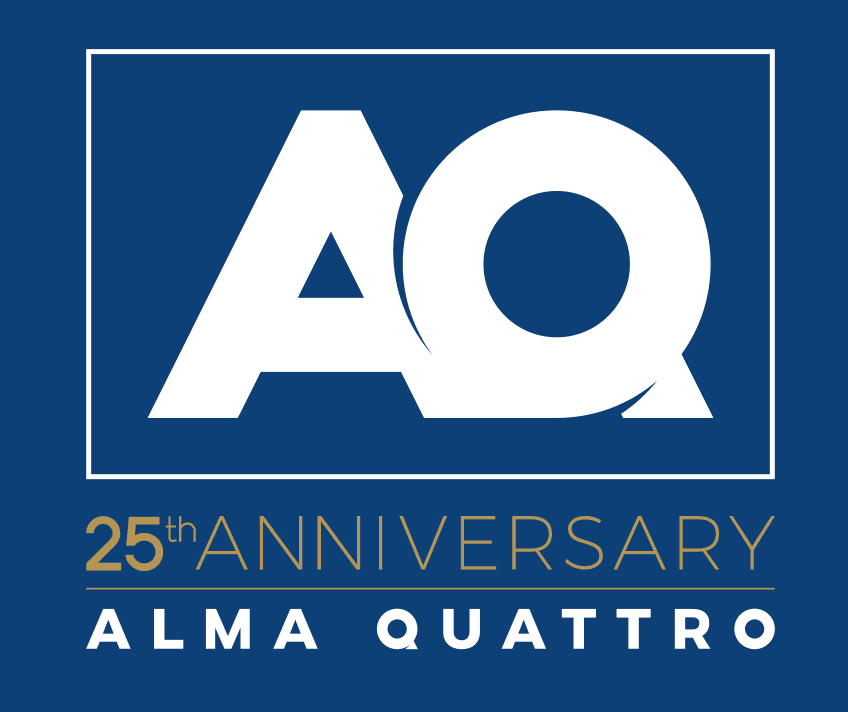
Copyright: Photographer Nebojša Babić
HOW DO YOU EXPECT TO WIN WHEN YOU START AT A SLOW PACE
SINIŠA BOŽIN
PROJECT DOCUMENTATION MANAGER AND AN ULTRAMARATHONER
Created: Feb 20, 2019
A man of mass media, in the literal sense, he worked in TV programme production teams of national television stations RTS, Studio B, and B92, attracted by innovations. Since 2008 he has been a member of our corporate family. After 32 years of smoking, he quit at the age of 50 and became a marathon runner!
1. TELEVISION ROOTS
1.1. Radio Television of Serbia and an incident with a wrong chyron
My career began in 1986 in the Radio Television of Serbia (Serbian Broadcasting Corporation) as a member of the news programme production team. For almost 20 years I was in charge of Daily News 2 and 3, midnight news, and sports programme. What I liked about the job were those first computing jobs, first animations, and graphic editing in TV programme directing. We were pushing the boundaries every day, our work was not precisely defined because we were doing something that no one had done before.
We had broad freedom in our work, but, on the other hand, our responsibility was huge and mistakes and errors were not forgiven, since we were the “voice” of the entire nation.
I remember that once, accidentally, I used Cyrillic instead of Latin for the text on the chyron during the Daily News. Let me explain: at that time we had a daily schedule for using Cyrillic or Latin. It was such a scandal that my heart was pounding for two days straight, since I knew there were serious consequences for every mistake. But, that passed too, without too much noise.

1.2. Programme break on Studio B and wine for Rade Šerbežija
In 1998 I started working in 3 television stations at the same time. I needed a change and a challenge, and the extra money too. I heard that new television stations had phenomenal new equipment.
I was so intrigued that I kept my job at RTS, but also started working at Studio B and B92. I remember having so much work that I had to make a planner for myself not to miss the right TV station. However, it turned out that the members of the team I would be working with were the same age as me, which was a breath of fresh air.
Let me illustrate how the things were completely different: once I switched STB on from home at 2 a.m. and I saw a snowy screen instead of the programme. I presumed that the repeater broke down, and the following morning I told my colleague who was on duty the previous night to report the malfunction. He told me: “Don’t say anything, bro, I fell asleep. I did not change the tape.”
Another anecdote: at that time I also worked on “Level 23” show hosted by Velja Pavlović. He was friends with Rade Šerbedžija, who was a guest in the studio once. I remember that he drank only specific sweet white wine (I can’t remember the name), so I went to the supermarket in the basement of Beograđanka to buy that wine specially for the show and had a chance to meet the actor.

2. THE NEW BEGINNING IN A SILENT MEDIUM
In 2005, after 20 years spent working in television stations, I realised that I could not further develop professionally in that business. I was kind of fed up and, again, I wanted to work on something brand new, unknown, and challenging.
I reckoned that OOH was the future, and there was more freedom. From television I came to the outdoor advertising sector as a postering team leader.
This time again, my job was to create something from scratch by working on a computer.
I created the first archives and analyses of advertising faces and trained myself for some new challenges. In 2008 I started working in Alma Quattro as the Project Manager in charge of everything about media and technical documentation.
3. TRANSFORMATION AT THE AGE OF 50
3.1. “NO” to cigarettes after 32 years
Having changed my job, I spent a lot of time at the computer and it started affecting my health. I am talking about 3 packs a day, 2 litres of soft drinks, and zero physical activity.
I knew that it was wrong, but I ignored it with an excuse “I have to work”.
My colleague, whom we all jokingly call “Doctor Plećaš”, once told me something about my palpitations: “Your heart is trying to tell you that it craves something else other than smoke.” His words were echoing in my head and at the end of December 2008 I decided to quit smoking for good. It was easy to be persistent, because I visualised myself walking with my grandchildren.
3.2. In a marathon, it’s about the legs, but it’s about the head too
However, as it happens, I fell into a trap like many ex-smokers. I replaced cigarettes with food and managed to reach 110 kilograms! When I became aware of that problem too, I started walking, then jogging, and finally I started running.
My love of running developed quite spontaneously. Again, I liked the fact that I was pushing the limits of my endurance every day. The next challenge was to try out for a competition. It turned out that in my age group (50+) I was one of the most successful marathon runners.

The story about marathon is specific. Nothing turns out exactly as planned. However, when you relax, when you don’t have pretensions, you can achieve success that you could not have imagined.
I had run a marathon for 3 years before I started running an ultramarathon, which is longer than 42 kilometres. I ran 6-hour, 50-mile, and 100-mile categories, and in every category I won the first place, in absolute category too. It is an indescribable experience that could last even 9 hours. During that time many things are in your head and that’s why it is not possible to endure just with an attitude “I have a goal and I’ll run 9 hours towards the goal”.

On the one hand, sport has strengthened me while, on the other hand, my personal development helped me understand what I was doing, what I had been doing and what would happen if I did one thing or another. Everything is connected – the head and the body, I can prove that.
Indeed, after I had run only 5 marathons, I was discouraged because every single time my time was 3 hours and 35 minutes, almost identical. I was disappointed: nothing more nothing less.
Sanja Pešić helped me demystify what was hindering me and she did it through a guided process. Together we went through the entire process from the moment when I start running, a step by step. I described my steps: well, I am starting at a low pace, I am warming up, I can see where I am during the race, I am advancing slowly, there is a long way to the finish, in the middle of the way there are clusters of runners, every runner has its place in the race, in the end I am doing my best, I am running to the last atom of my strength, and I am crossing the finish line. Then she asked me the following question: “Can you see yourself succeed in running 3 hours and 29 minutes?” My answer was negative and then she asked me to repeat all the steps, but starting from the last one.
When I did it, I realised that my first step was “I am starting at a slow pace”. At that moment Sanja said something I will never forget: “How do you expect to win when you start at a slow pace?”
Having changed my tactics and having liberated myself from the “fear of success”, I ran the following marathon and my time was 3 hours and 20 minutes, but I started at a fast pace. My time was fifteen minutes worse than the previous time and 9 minutes better than my set goal.
Both in a marathon and in life, one’s power lies in the head, not in the legs.

2014 Olympic day, Alma Quattro’s team
Would you like to find out more? Continue reading...

